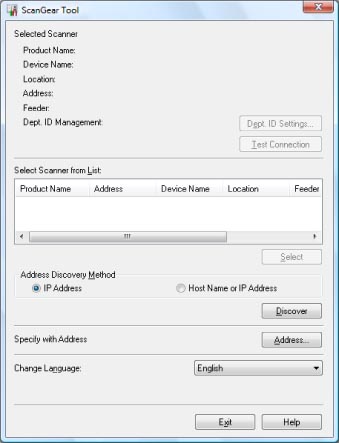
In Windows XP, click Start -> Control Panel -> Performance and Maintenance -> System -> Hardware tab -> Device Manager button In Windows Vista, click Start -> Control Panel -> System and Maintenance -> Device Manager In Windows 7, click Start -> Control Panel -> Hardware and Sound -> Device Manager In Windows 8, swipe up from the bottom, or right-click anywhere on the desktop and choose "All Apps" -> swipe or scroll right and choose "Control Panel" (under Windows System section) -> Hardware and Sound -> Device Manager In Windows 11, Windows 10 & Windows 8.1, right-click the Start menu and select Device Manager It allows you to see all of the devices recognized by your system, and the drivers associated with them. To install a driver in Windows, you will need to use a built-in utility called Device Manager. Get more information about Cross-Site Scripting and how to remediate this vulnerability on the dedicated OWASP XSS Page.Once you download your new driver, then you need to install it. If this is true, the page and parameter are declared vulnerable. If the parameter is reflected, then the scanner will inject a piece of JavaScript code, including some special HTML characters ( >, <, ", ') and it will try to see if they are returned in the response page without sanitization. First, the scanner injects a simple string in the tested parameter and checks if it is reflected on the response page. The tool detects XSS vulnerabilities with a range of requests. However, we improved upon it, and we're now using a proprietary internal scanning engine for the XSS Scanner, to your benefit.


The XSS Scanner had been using the OWASP ZAP scanning engine (which is one of the world’s most popular open-source security tools, actively maintained by hundreds of international developers). This is a complete Cross-Site Scripting assessment of the target web application. This scan is faster but less comprehensive than the full scan. This is the URL of the website that will be scanned.


 0 kommentar(er)
0 kommentar(er)
